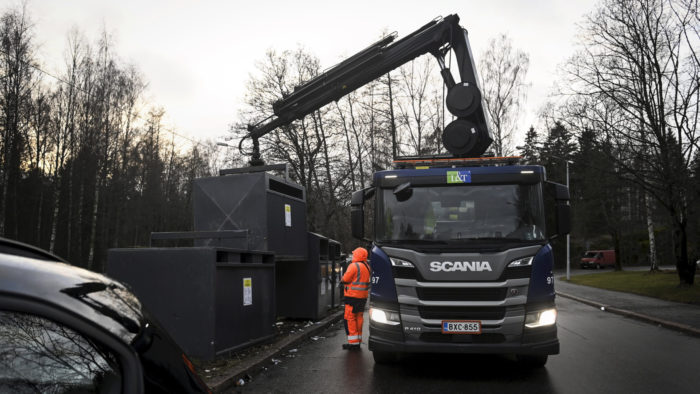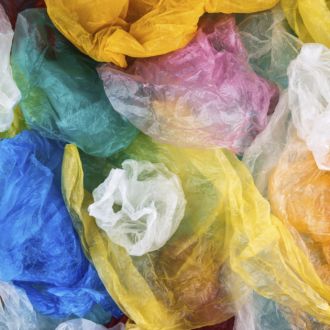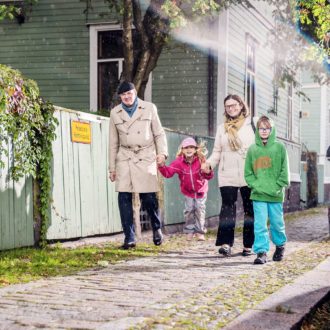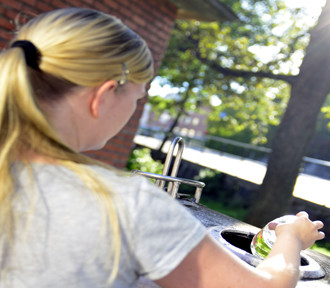Thanks, in part, to its education system and its curriculum, Finland as a nation is very aware of the challenges posed by plastic, and ahead of the game when it comes to devising solutions, says Riitta Silvennoinen of Sitra – the Finnish Innovation Fund.
However, as things stand Finland recycles about 25 percent of its plastic waste, but is strongly committed to complying with EU Waste Directive objectives: 50 percent of plastic packaging recycled by 2025 and 55 percent by 2030.
“In Finland, as in the rest of the world, we need to separate two challenges related to plastic: trash, and climate change ,” says Silvennoinen.
“They are often confused, which makes it even more difficult to decide what to do about plastic. The problem is not necessarily with plastic as a material in itself, but that it is not recycled sufficiently and properly, and that we are not getting value from it. The Ellen MacArthur Foundation, which supports innovations for the circular economy, has reported that we are losing 95 percent of plastic’s value because we are not recycling it but burning it or disposing of it in landfills.”
Road map for plastic

A worker in Helsinki guides a recycling container back into place by remote control after dumping a load of plastic in a truck on its way to a recycling facility.Photo: Emmi Korhonen/Lehtikuva
Finland is a high performer in terms of innovations. Silvennoinen mentions energy company Fortum’s efficient mechanical recycling plant, while Fenergy has developed a chemical recycling plant. In terms of products, Jospak won the WorldStar 2019 Gold Sustainability Award for its food packaging solution, combining recyclable plastic film with cardboard.
VTT, the Technical Research Centre of Finland, has carried out extensive research into chemical recycling. Sitra itself was involved in drawing up a Plastic Road Map in 2018, giving the issues a higher priority, covering every angle of plastic recycling, and involving stakeholders in discussions about how to improve, collaborate in, finance and develop solutions. The Ministry of Environment is promoting voluntary Green Deal initiatives. One example could be encouraging cafés and restaurants to introduce incentives for using less plastic.
“We should be recycling and reusing plastic as much as we can,” Silvennoinen says. “It can be recycled mechanically or chemically, returning it to its molecular level. Single-use plastic is a huge issue, but it is not simply a matter of replacing one material with another.”
Plastic worldFrom the Arctic to the Antarctic and from the Pacific to the Atlantic, plastic waste is polluting the world’s marine environment. In the Baltic Sea, on Finland’s doorstep, about 70 percent of marine litter is plastic. Globally, up to 13 million tonnes enter the seas every year, leaking from landfills or deposited directly from ships or beaches. Why does this matter? Apart from spoiling beautiful beaches and deterring tourists, plastic waste degrades slowly, contaminates the ecosystem and degrades habitats. It also enters the food chain in the form of microplastic particles, to toxic effect. In the Arctic Ocean, the occurrence of plastic is even higher than in open oceans, because the floating particles are bonded in sea ice. In addition, the production of plastic requires oil, contributing to CO2 emissions, which in turn fuel climate change. |
By Tim Bird, ThisisFINLAND Magazine 2020








